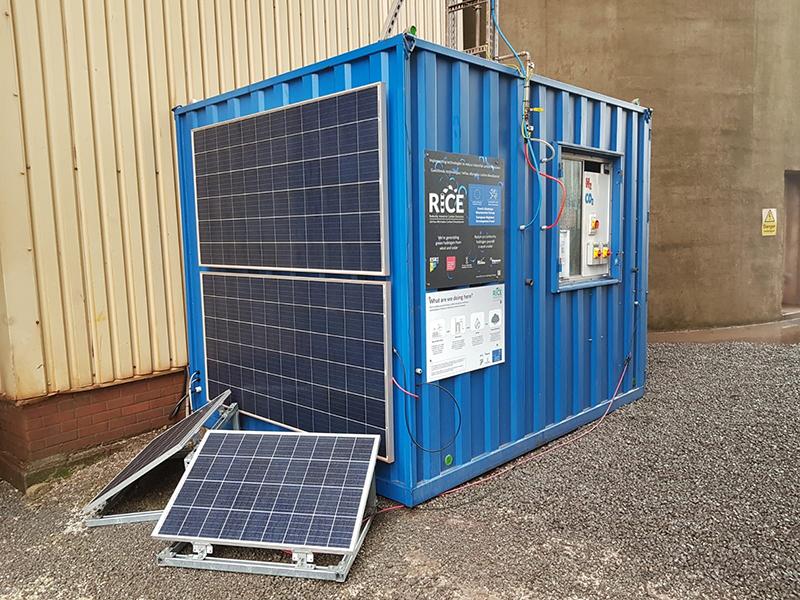Cutting CO2 emissions in production
Hanson’s Regen Ground Granulated Blastfurnace Slag (GGBS) plant in Port Talbot, Wales, UK, is trialling green hydrogen to replace some of the natural gas used to power the plant.

The initiative is part of a £9.2mln Reducing Industrial Carbon Emissions (RICE) project, funded by the European Regional Development Fund, and is being run by Hanson UK, in collaboration with the Energy Safety Research Institute at Swansea University, UK.
Hanson’s Port Talbot plant produces Regen GGBS, which is used as a replacement for up to 80% of the cement in concrete. Although Regen is also an energy intensive product, using large amounts of natural gas and electricity, its carbon footprint is said to be about one tenth of Portland cement.
By adding hydrogen to the natural gas that is burned onsite to offset the carbon emissions, researchers ‘hope to be able to scale and increase the energy input and the hydrogen output’, says Dr Charles Dunnill, Senior Lecturer at Swansea University. ‘Renewable energy is used to split water into hydrogen and oxygen and the hydrogen is passed into the burners for the aggregate heating process.’
He notes, ‘There is a ‘valley of death’ between the lab-based experiments and the industrial setting, so much of our findings have been in the implementation of the technology into an industrial setting. This has involved much learning in the field of health and safety and compliance as well as lab-based scale up of technology.’
Iain Walpole, Environmental Sustainability Manager at Hanson UK, adds that ‘no impact on product quality is expected [on the production process]. It is simply replacing methane as an energy source for drying raw materials’.
He says that scale up could produce larger quantities of hydrogen to eventually replace carbon-based fossil fuels across the economy for Hanson UK, including cement and asphalt production.
‘Being able to kick-start the hydrogen economy utilising cheaper sources of initial energy, such as industrial waste heat, will allow us to form a more valuable commodity for transport.’







